Coloring epoxy resin transforms ordinary projects into extraordinary works of art. Whether you're crafting jewelry, creating river tables, or making decorative items, choosing the best dye for epoxy resin is crucial for achieving vibrant, long-lasting results.
This guide will help you navigate the world of epoxy resin colorants to find the perfect match for your creative vision.
Types of Dyes and Colorants for Epoxy Resin
Understanding the various coloring options available for epoxy allows you to select the perfect medium for achieving your desired aesthetic effect, whether you're aiming for transparency, opacity, or special effects.
Liquid Resin Dyes
Liquid dyes are specifically formulated for epoxy resin and offer excellent transparency. They blend seamlessly with resin without affecting cure time or final hardness.
These concentrated colorants allow you to create everything from subtle tints to vibrant hues with just a few drops.
Benefits:
- Easy to measure and mix
- Creates transparent, glass-like finishes
- Doesn't affect resin properties
- Perfect for layered projects
🛒 Discover our premium liquid dyes for your next epoxy masterpiece. Transform your projects with vibrant, easy-to-mix colors that deliver professional results.
Powder Pigments and Mica Powders
Powder pigments offer opacity and intense color payoff. Mica powders, a popular type of powder pigment, create metallic, pearlescent, and shimmer effects that catch the light beautifully.
Benefits:
- Creates opaque or semi-opaque finishes
- Produces metallic, pearl, and shimmer effects
- A little goes a long way
- Excellent for creating depth and dimension
Alcohol Inks
Alcohol inks are vibrant, fluid colorants that create unique effects in resin. They're perfect for creating cells, marbling effects, and organic-looking color movements.
Benefits:
- Creates fluid, organic color patterns
- Excellent for creating cells and marbling
- Highly concentrated
- Provides transparent, vivid color
Other Colorant Options
Acrylic Paint
Can be used in small amounts (less than 10% of your resin mixture) though be aware that even at these small percentages, acrylic paint can potentially affect cure time, final hardness, and long-term durability of your project
Food Coloring
Not generally recommended for epoxy projects as it's water-based, which can interfere with the curing process and cause significant color fading and degradation over a short period of time
Oil-Based Colorants
Limited compatibility with resin systems
Glitter and Pigment Powders
Glitter and pigment powders add sparkle and special effects
How to Choose the Right Dye for Your Epoxy Project
Selecting the perfect colorant can make or break your resin masterpiece, so understanding your options is essential for achieving professional results.
Transparent vs. Opaque: Which Do You Need?
The transparency level you need depends on your project goals:
- Transparent Dyes: Perfect for creating jewel-like clarity, layered effects, and pieces where light transmission is important (river tables, jewelry, coasters)
- Opaque Pigments: Ideal when you want a solid color with no light passing through (countertops, art pieces, solid-colored items)
Color Stability and UV Resistance
Not all colorants offer the same stability. For projects that will be exposed to sunlight, choose dyes specifically labeled as UV-resistant to prevent yellowing and fading over time.
Compatibility with Your Resin
Different resin brands may react differently with various colorants. Always check manufacturer recommendations or test a small batch before committing to a large project.
🛒 Try our pre-colored epoxy resin for foolproof, consistent results. Skip the mixing guesswork and create professional-quality pieces right from the start.
How to Use Dyes with Epoxy Resin Properly
Mastering the techniques of coloring epoxy resin will elevate your projects from basic to breathtaking, ensuring vibrant, consistent results every time.
Perfect Mixing Ratios
For most liquid dyes, start with just 1-2 drops per ounce of mixed resin. For powders, start with a tiny amount (⅛ teaspoon or less per 8 oz of resin) and gradually increase until you achieve your desired color intensity.
Always mix colorants into Part A (the resin) before adding Part B (the hardener) to ensure thorough distribution.
Preventing Color Separation
To prevent color separation:
- Mix thoroughly but gently to avoid introducing air bubbles
- Use colorants specifically designed for resin
- Don't exceed the recommended amount of colorant
- Ensure your resin is properly mixed before adding color
Creating Special Effects with Multiple Colors
For multi-color effects:
- Prepare separate batches of colored resin
- Pour in layers, allowing each to partially set before adding the next
- Use toothpicks or stir sticks to swirl colors together
- Try the "dirty pour" technique where multiple colors are poured simultaneously
Creating Special Effects with Epoxy Dyes
The unique properties of different colorants allow you to achieve professional artistic effects that make your resin pieces truly distinctive.
Translucent Depth Effects
Layer different intensities of the same color to create stunning depth. Start with a darker shade at the bottom and gradually lighten as you build layers.
Metallic and Pearl Finishes
Combine mica powders with clear resin to create beautiful metallic effects. For the best results:
- Mix mica powder with a small amount of resin first
- Gradually add this concentrated mixture to your main batch
- Stir gently to maintain the reflective properties
Cells and Organic Patterns
Use alcohol inks or silicone oil with different colored resins to create cell patterns:
- Pour various colors into your resin piece
- Add a drop of silicone oil or alcohol
- Use a heat gun to activate cell formation
Troubleshooting Colored Epoxy Resin Problems
Even experienced artists encounter challenges with colored resin, but understanding common issues helps you quickly identify and resolve problems.
Fading Colors
If your colors are fading over time, you may be:
- Using non-UV resistant colorants
- Exposing your project to too much sunlight
- Using colorants not designed for resin
Solution: Use high-quality, UV-resistant resin dyes and consider applying a UV-protective topcoat.
Streaky or Uneven Coloring
Streaking usually happens when:
- The colorant isn't fully incorporated
- The resin and hardener aren't properly mixed
- Too much colorant is added
Solution: Mix thoroughly but gently, and follow recommended colorant ratios.
Keeping Additives Suspended
When using glitter, mica, or other particles that might sink:
- Wait until the resin reaches a slightly thicker consistency before adding
- Mix in small batches and pour when the resin is at a honey-like stage
- Consider using a resin with a faster cure time
🛒 Master the art of perfect glitter suspension in your resin projects with our expert guide. Level up your crafting skills with proven techniques that ensure eye-catching sparkle every time.
Safety Considerations When Using Epoxy Dyes
The beauty of your creations should never come at the cost of your health, making proper safety protocols essential for every resin artist.
Ventilation and Protection
Always work in a well-ventilated area when using resin and dyes. Some colorants may contain additives that release fumes when mixed with resin.
Handling and Storage
- Wear gloves when handling dyes to prevent skin staining
- Store colorants in airtight containers away from direct sunlight
- Keep powders sealed to prevent moisture absorption and clumping
🛒 Breathe easier while creating with our specialized resin air purification solutions. Protect your health and workspace with purification technology designed specifically for resin crafters.
Conclusion
Your epoxy resin color choice directly impacts your project's success. Liquid dyes deliver crystal-clear transparency, powder pigments create bold opacity, alcohol inks generate fluid patterns, and mica powders provide eye-catching metallic effects.
Selecting the right colorant and mastering proper techniques will transform your work from amateur to professional.
At Resiners, our premium dyes are specifically formulated for epoxy systems, ensuring vibrant, long-lasting colors that won't fade or separate.
Ready to elevate your resin projects? Explore our specialized epoxy dyes and unlock your creative potential today!
Frequently Asked Questions
What happens if you pour resin too thick?
Pouring resin too thick can cause excessive heat buildup during curing, leading to cracking, bubbling, or yellowing of your project. The resin may not cure properly throughout, resulting in soft spots or a tacky surface that never fully hardens. To avoid these issues, follow manufacturer guidelines for maximum pour depths (typically 1/4" to 1/2" per layer) and allow each layer to partially cure before adding the next.
What is the strongest resin for molds?
Polyurethane resin is generally considered the strongest option for creating durable molds, offering excellent tear resistance and flexibility. Epoxy resin provides superior hardness and chemical resistance, making it ideal for molds that need to withstand repeated use with minimal degradation. Silicone rubber, while technically not a resin, creates highly durable molds with excellent flexibility and release properties for casting intricate details.
How do you make resin molds last longer?
Apply a release agent before each use to prevent resin molds and causing damage during demolding. Clean molds thoroughly after each use with mild soap and water, avoiding harsh chemicals that can break down the mold material. Store molds in a cool, dry place away from direct sunlight and extreme temperatures to prevent warping, discoloration, or degradation of the material.
What is the most popular resin color?
Clear blue oceanic tones consistently rank as the most popular resin colors, particularly for creating beach-inspired pieces and water effects. Metallic gold, silver, and copper pigments are extremely popular choices for adding luxurious shimmer to resin art and jewelry pieces. White and black remain classic favorites for their versatility, with white allowing for light diffusion effects and black creating dramatic contrast in mixed-media projects.
Related articles:
Best Clear Epoxy Resin For Crafts: A Crystal Clear Result
Resin Pyramid Ideas to Try: Pro Tips & DIY Inspiration 2025

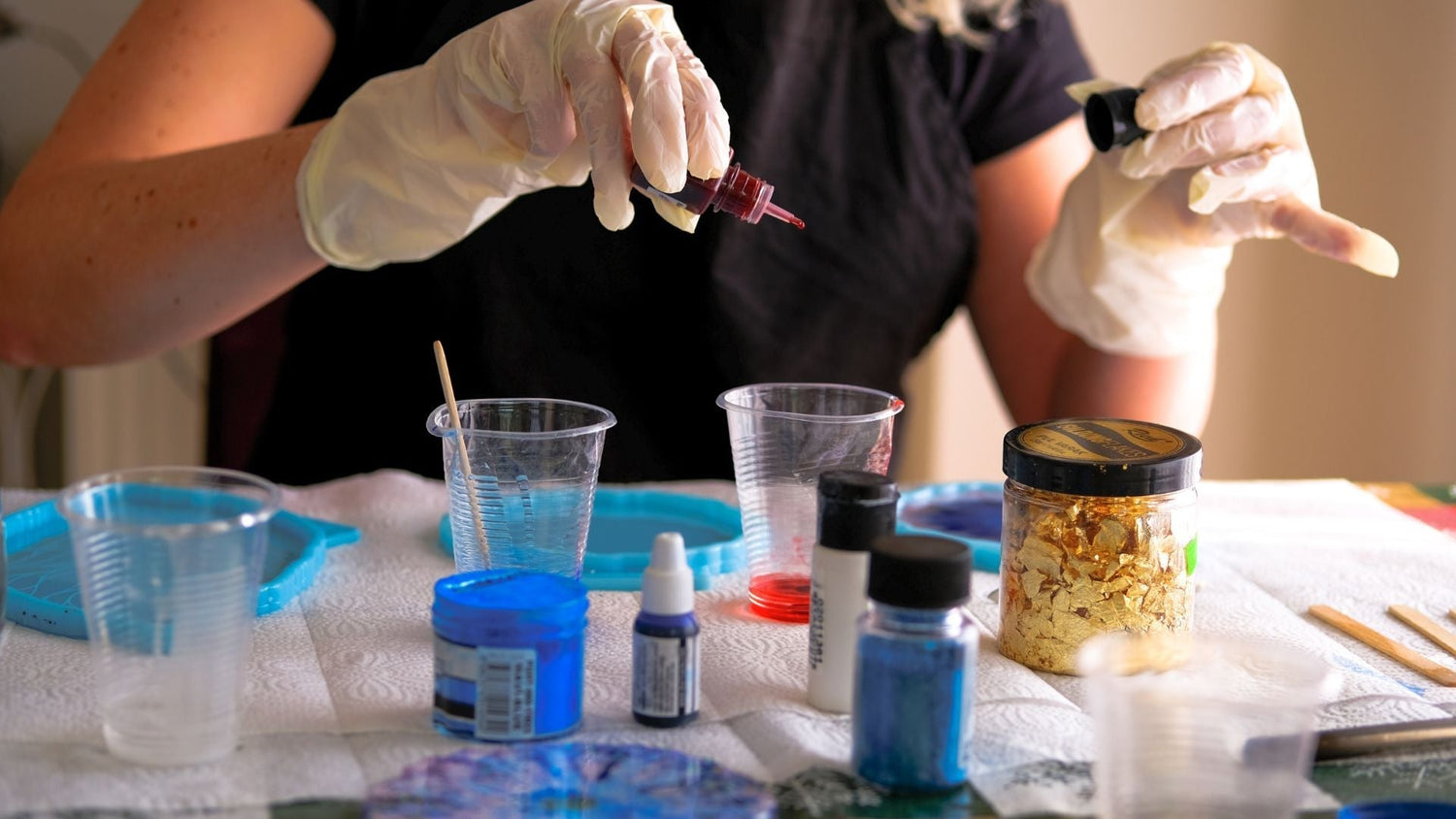
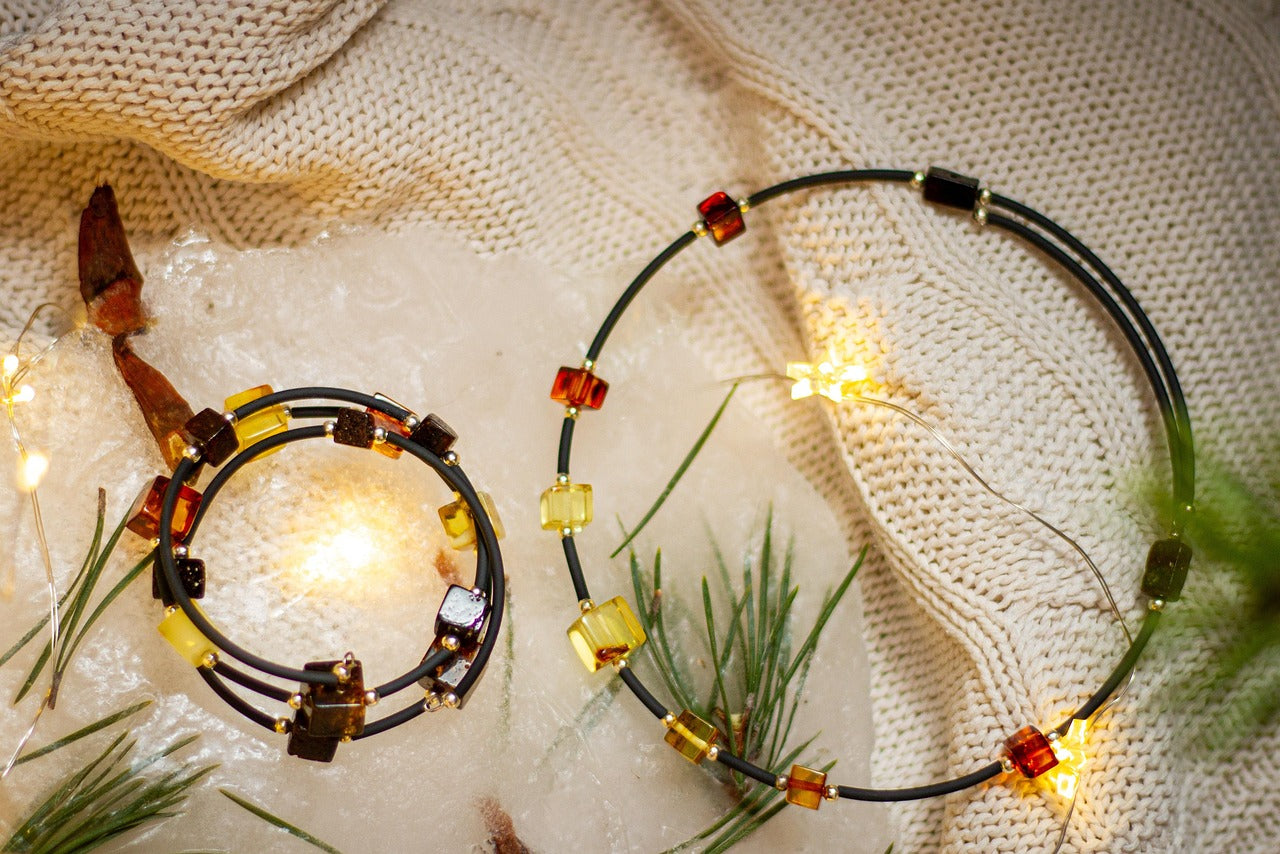
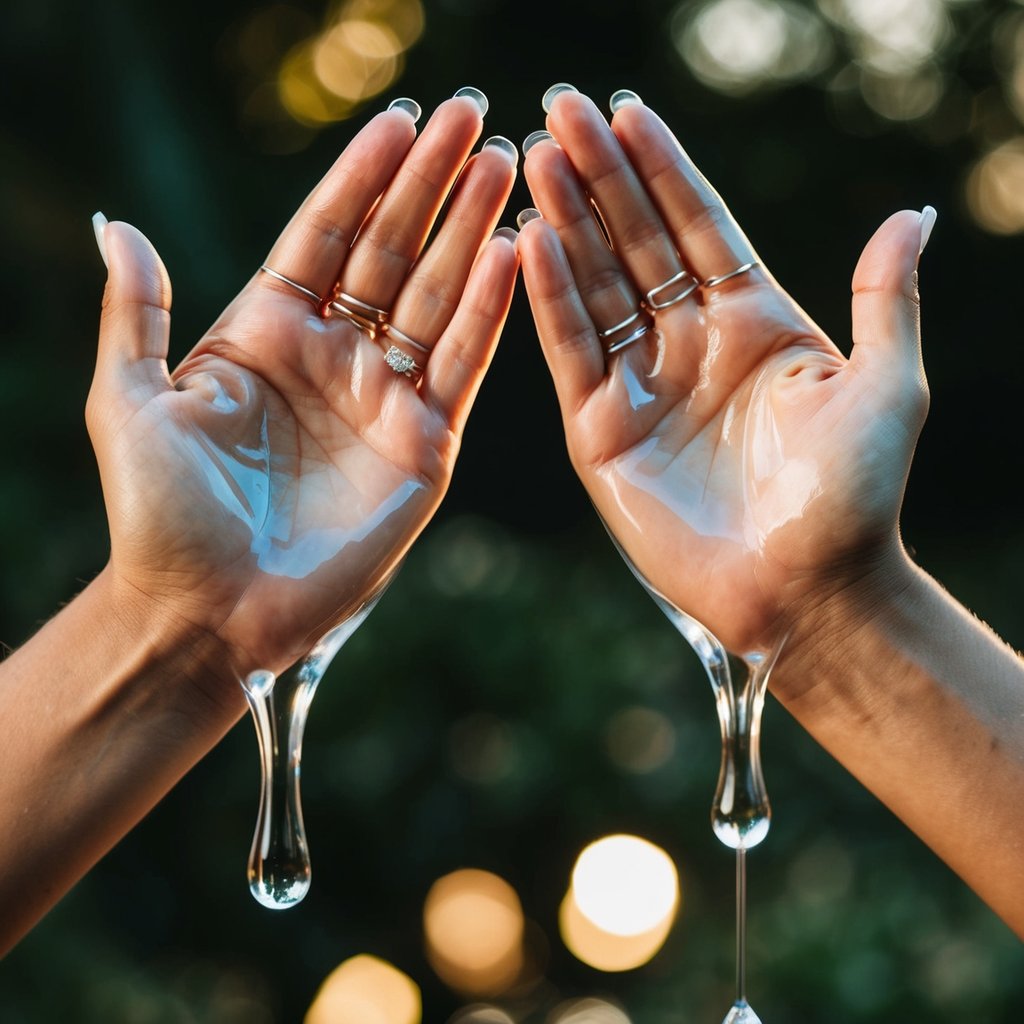
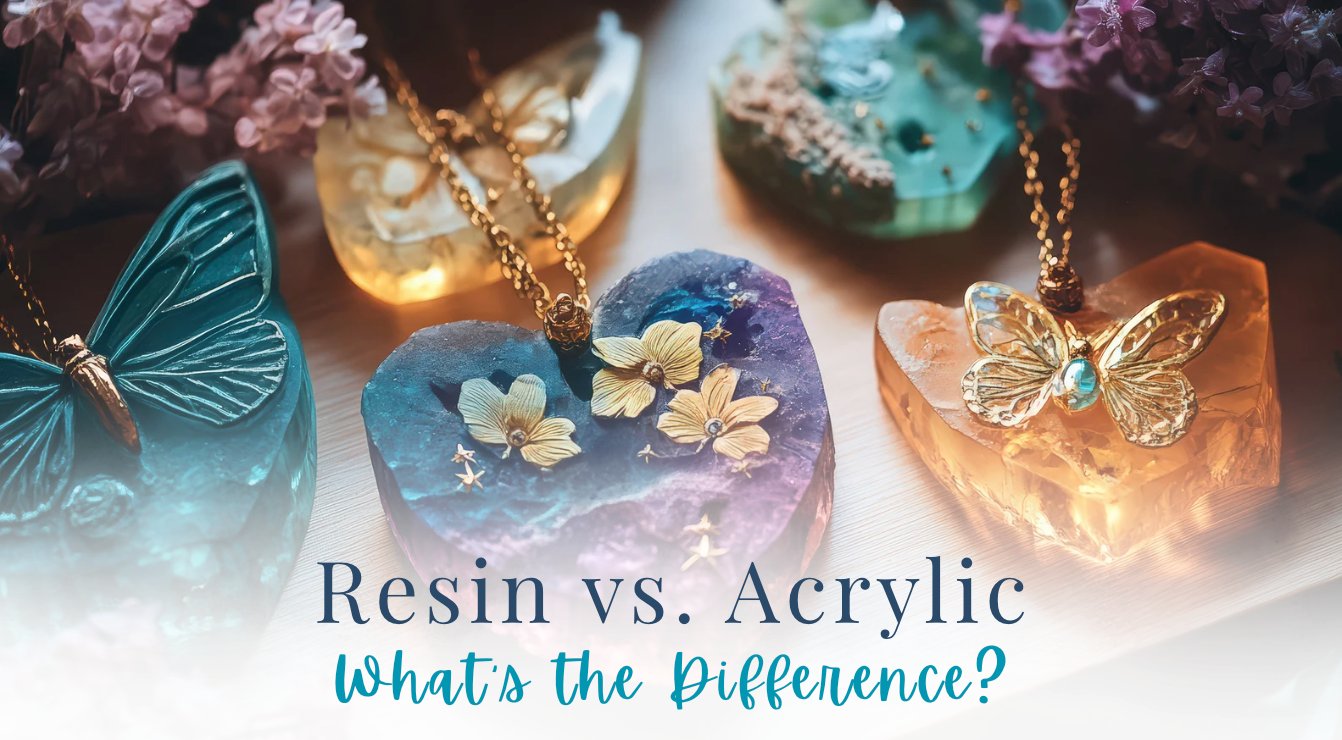

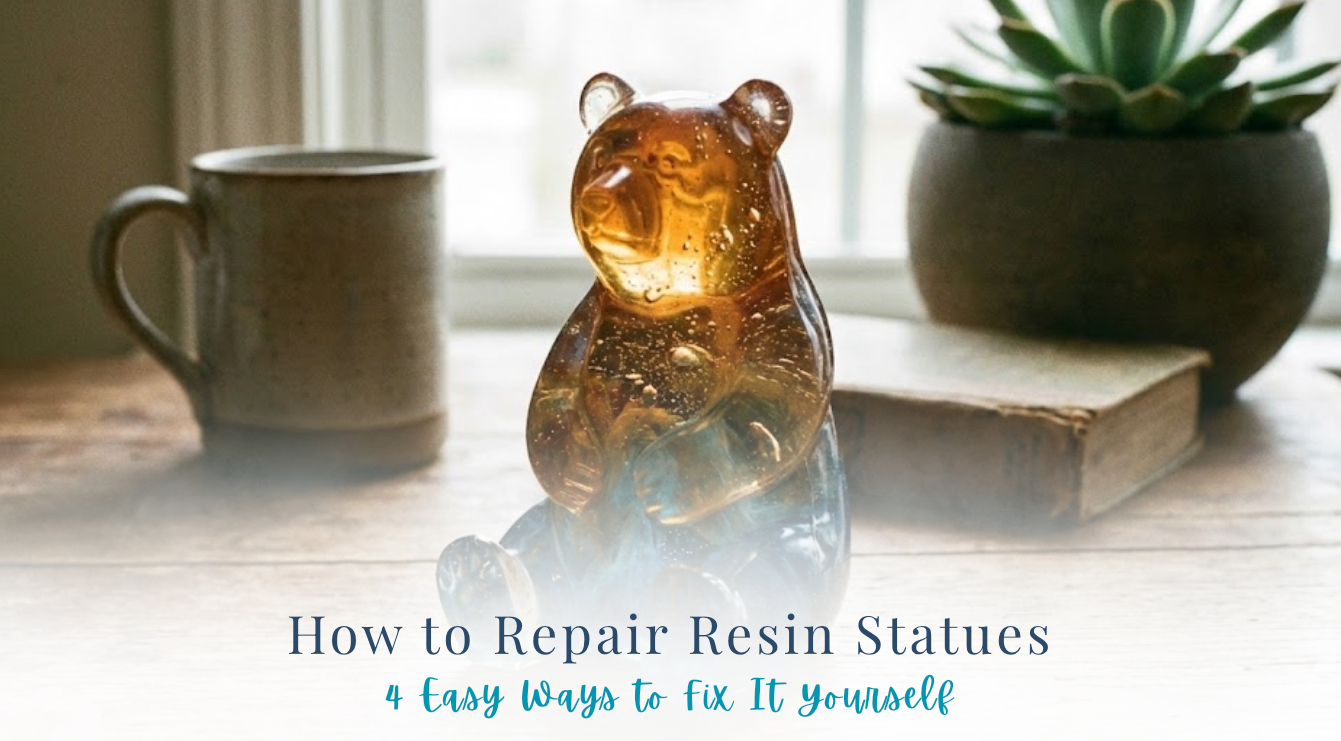

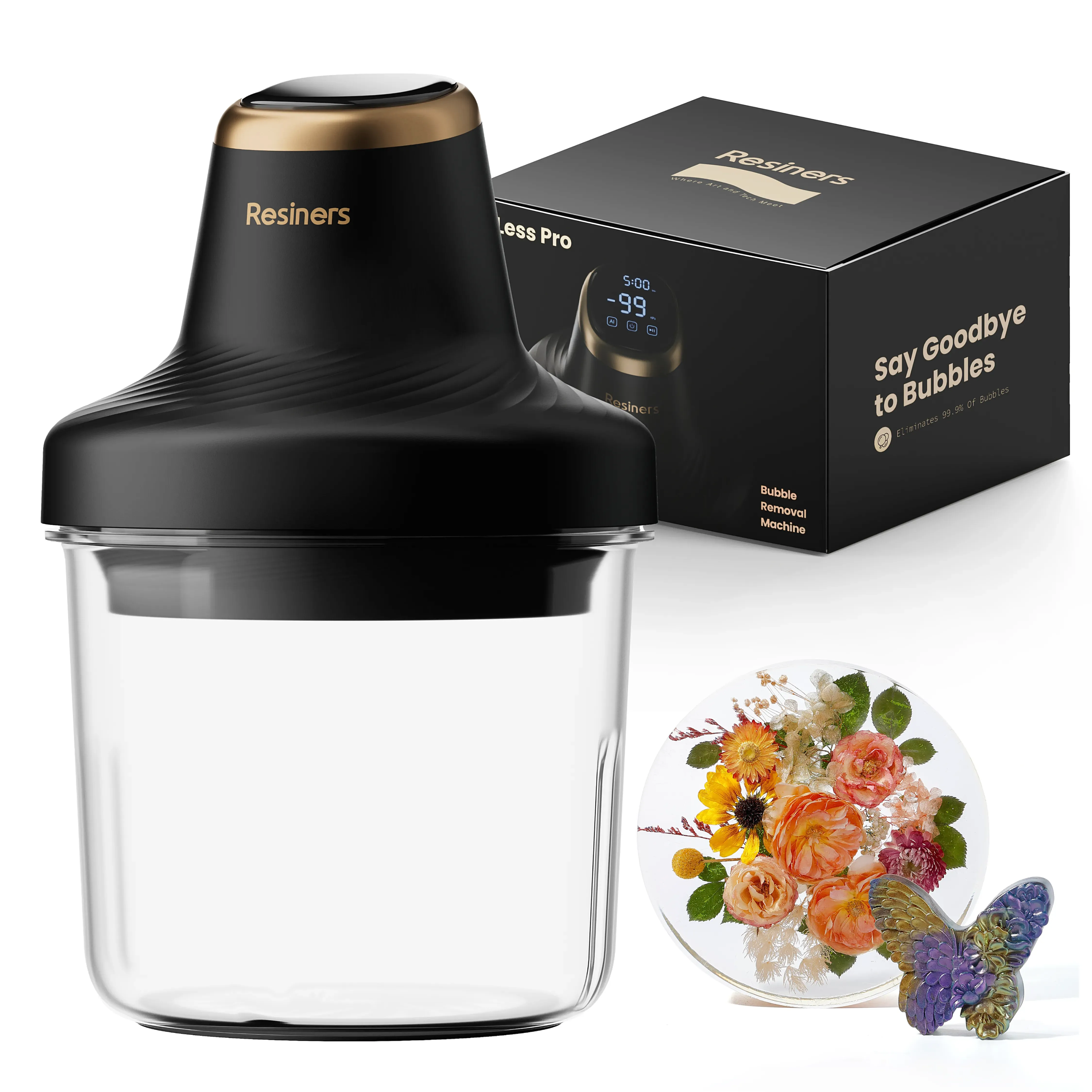
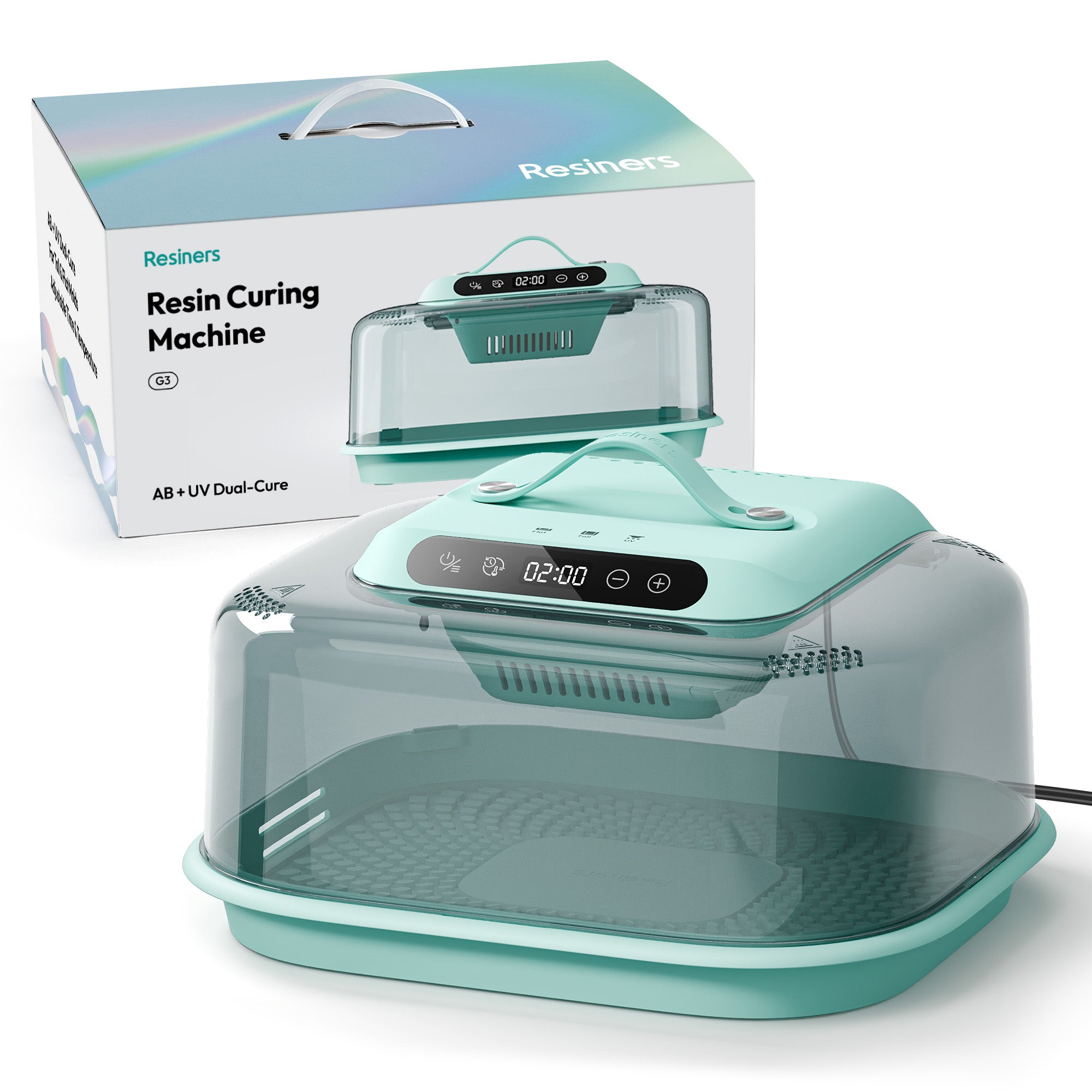

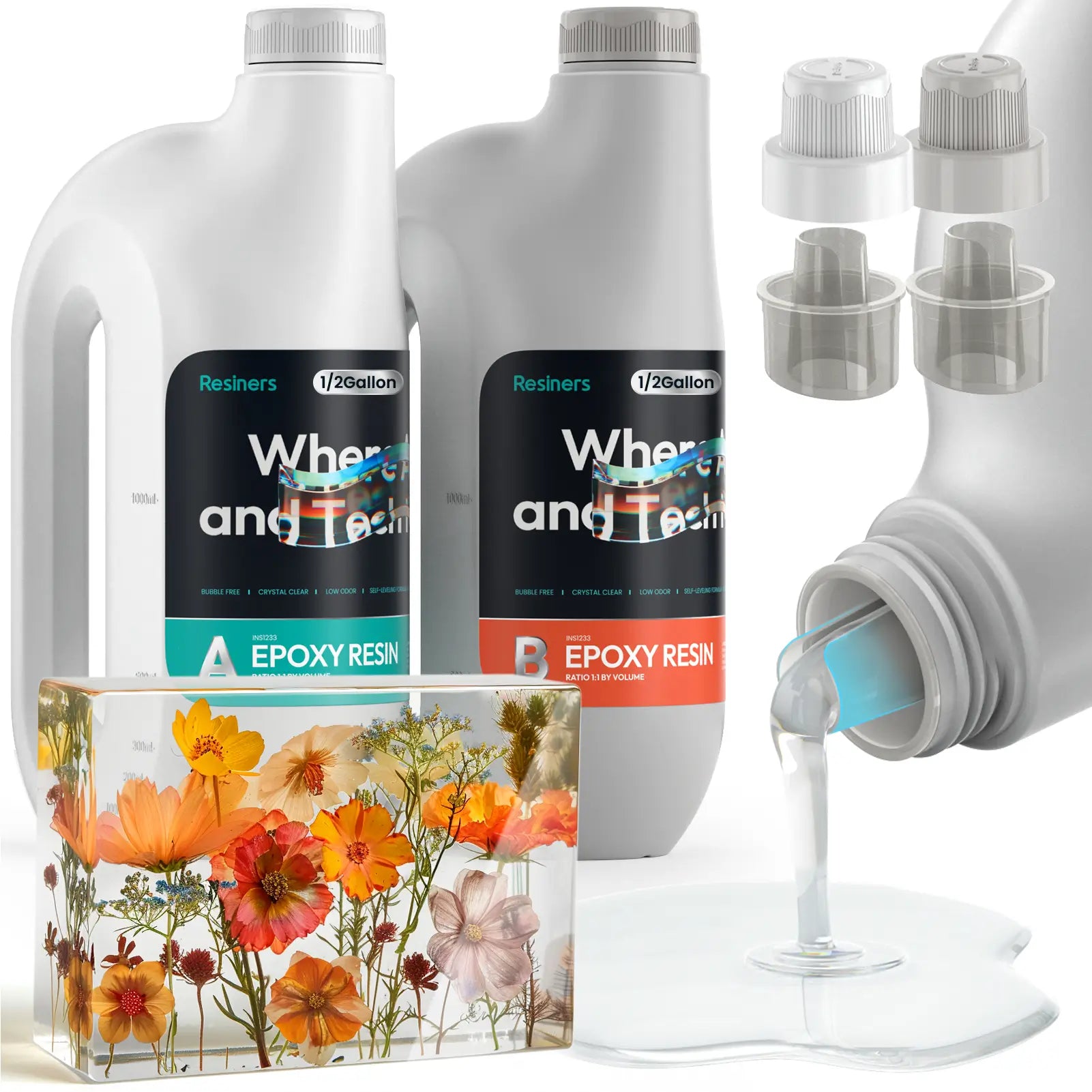
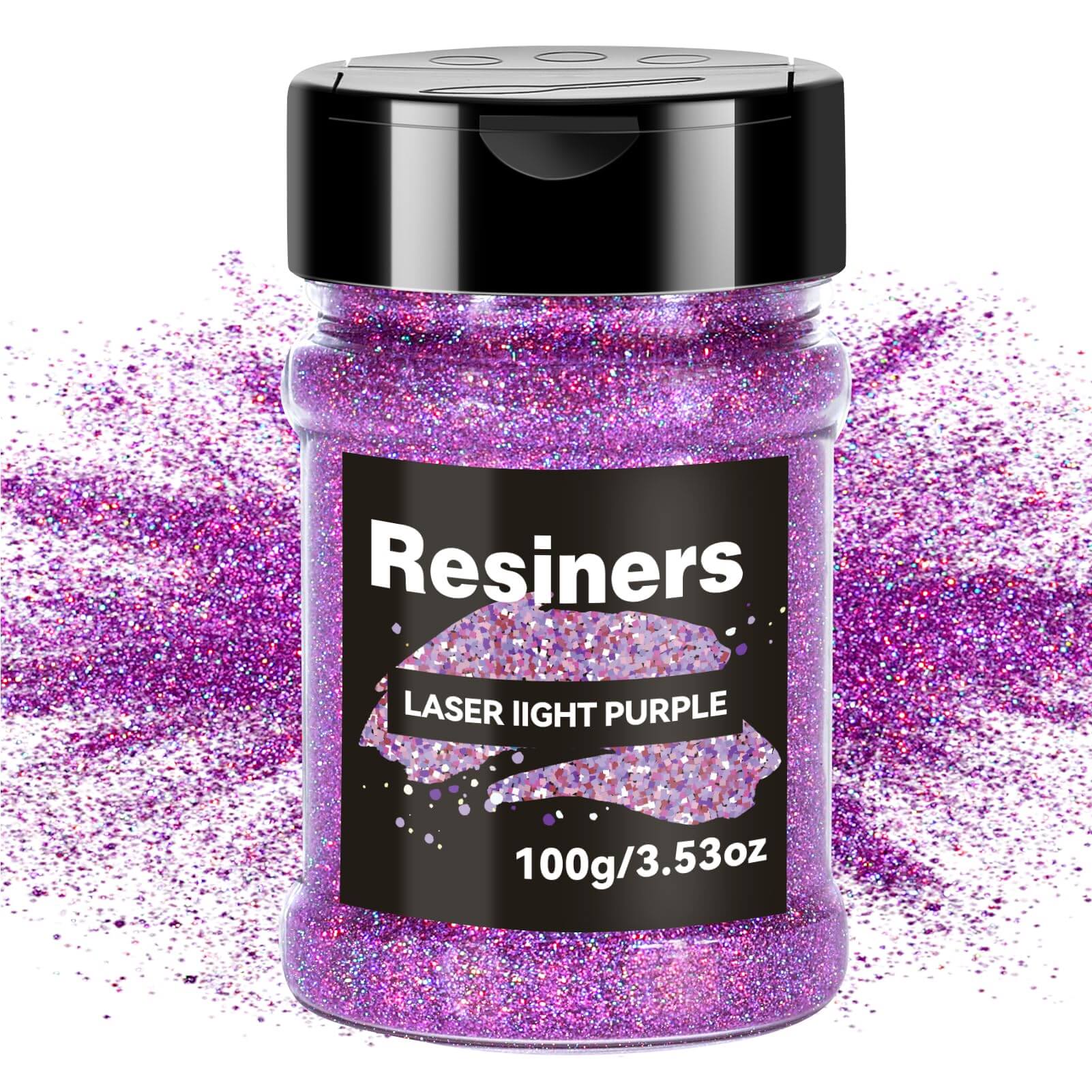
コメントを書く
このサイトはhCaptchaによって保護されており、hCaptchaプライバシーポリシーおよび利用規約が適用されます。